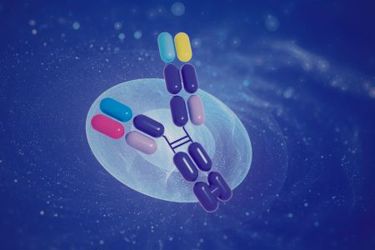Breaking Barriers In Heterodimer Formation With S-KiH Platform Technology
By Woosuk Jung, Samsung Biologics

BsAbs have two different paratopes on variable regions that target two different antigens and are composed of two distinct heavy and light chains (or two distinct heavy chains and common light chains). These distinctive features lead to complex variants, such as heterodimers and homodimers different from conventional mAbs. The mispairing of heavy–heavy and heavy–light chains can lead to unwanted impurities that are difficult to remove due to their similarity to the desirable form.
Various attempts to engineer BsAb heavy chains for heterodimerization have emerged as possible strategies to overcome the BsAb heavy–heavy chain mispairing problem. Among these attempts, researchers have applied conventional knob-into-hole (KiH) technology to reduce homodimers and promote heavy chain heterodimerization of the two half antibodies binding to two different targets.
Samsung Biologics has recognized the need to develop new technologies that can improve heterodimerization and completely suppress homodimers. Ultimately, we decided to make additional KiH mutations in the CH3 domain while retaining the conventional KiH based on the BsAb structure model.
This effort culminated in the introduction of S-KiH technology. This innovative approach addresses heavy chain mispairing and ensures more efficient and reliable formation of heterodimers, thereby advancing the production of high-quality bispecific antibodies.
Get unlimited access to:
Enter your credentials below to log in. Not yet a member of Life Science Leader? Subscribe today.
